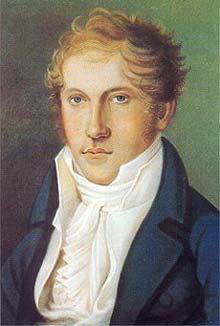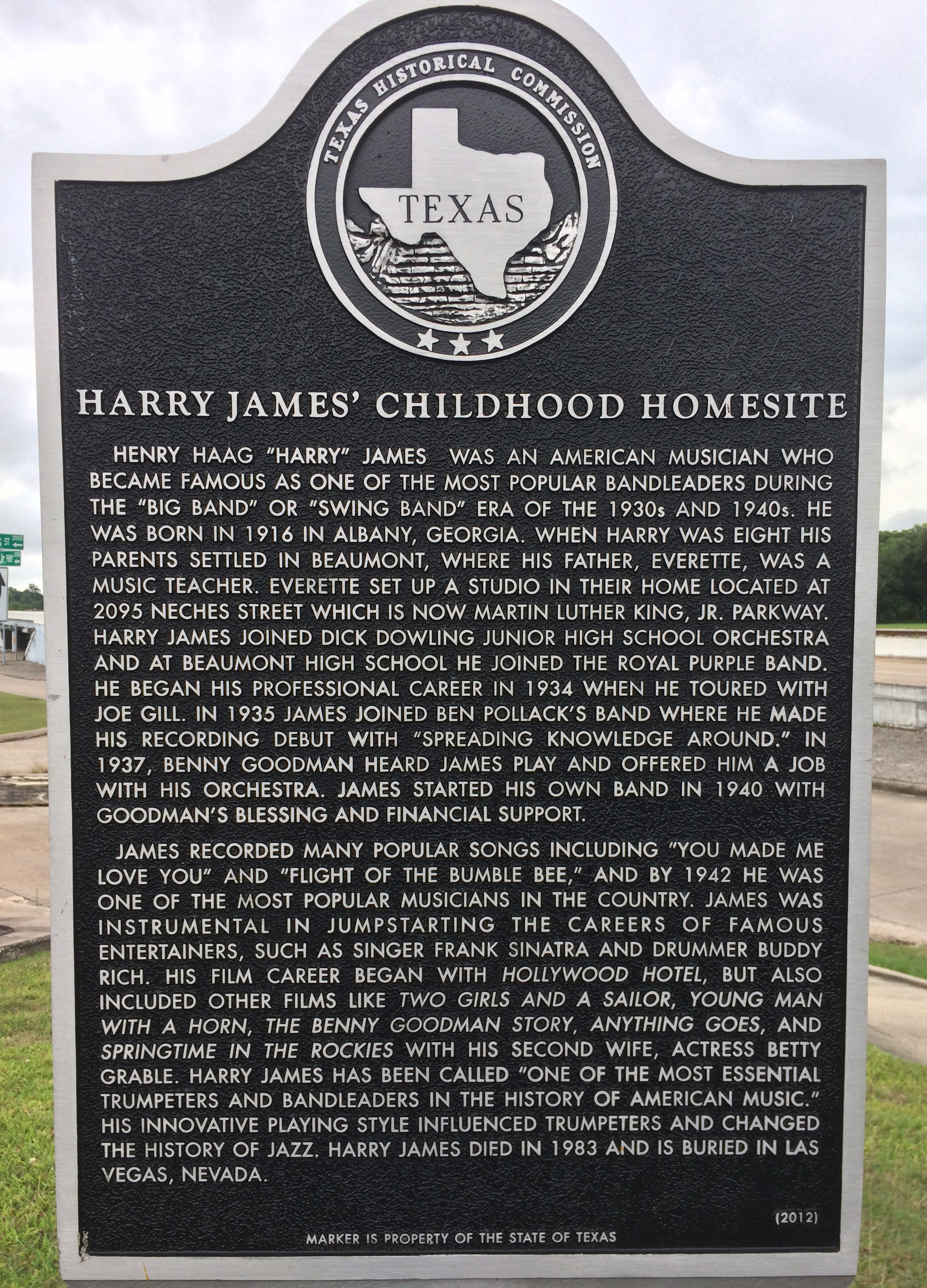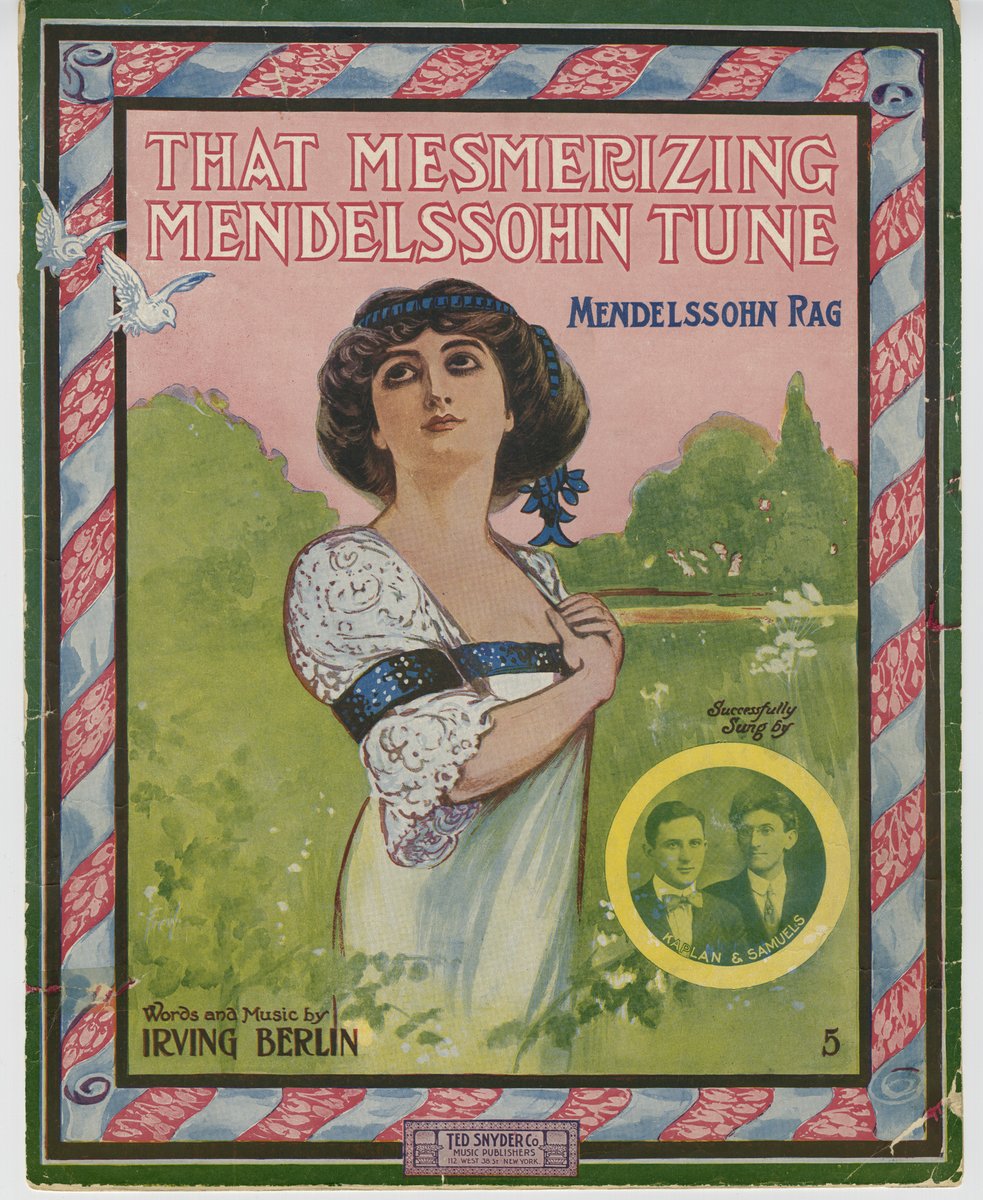|
Cantabile
In music, ''cantabile'' , an Italian word, means literally "singable" or "songlike". In instrumental music, it is a particular style of playing designed to imitate the human voice. For 18th-century composers, ''cantabile'' is often synonymous with "cantando" (singing) and indicates a measured tempo and flexible, legato playing. For later composers, particularly in piano music, ''cantabile'' is the drawing out of one particular musical line against the accompaniment (compare counterpoint). Felix Mendelssohn's six books of '' Songs Without Words'' are short lyrical piano pieces with song-like melodies written between 1829 and 1845. A modern example is an instrumental by Harry James & His Orchestra, called "Trumpet Blues and Cantabile". A cantabile movement, or simply a "cantabile", is the first half of a double aria, followed by a cabaletta. The cantabile movement would be slower and more free-form to contrast with the structured and generally faster cabaletta. Louis Spohr ... [...More Info...] [...Related Items...] OR: [Wikipedia] [Google] [Baidu] |
Cabaletta
Cabaletta is a two-part musical form particularly favored for arias in 19th century Italian opera in the belcanto era until about the 1860s during which it was one of the era's most important elements. More properly, a cabaletta is a more animated section following the songlike cantabile. It often introduces a complication or intensification of emotion in the plot. Some sources suggest that the word derives from the Italian ''cobola'' (couplet). Another theory suggests that it derives from the Italian ''cavallo'' (horse), a reference to the pulsating rhythm of a galloping horse which forms the accompaniment of many famous cabalettas. The cabaletta was formed as part of an evolution from early 19th century arias containing two contrasting sections at different tempi within a single structure into more elaborate arias with musically distinct movements. The term itself was first defined in 1826 in Pietro Lichtenthal's ''Dizionario''."Cabaletta, s.f. Pensieretto musicale melodico, o ... [...More Info...] [...Related Items...] OR: [Wikipedia] [Google] [Baidu] |
Aria
In music, an aria (Italian: ; plural: ''arie'' , or ''arias'' in common usage, diminutive form arietta , plural ariette, or in English simply air) is a self-contained piece for one voice, with or without instrumental or orchestral accompaniment, normally part of a larger work. The typical context for arias is opera, but vocal arias also feature in oratorios and cantatas, or they can be stand-alone concert arias. The term was originally used to refer to any expressive melody, usually, but not always, performed by a singer. Etymology The Italian term ''aria'', which derives from the Greek ἀήρ and Latin ''aer'' (air), first appeared in relation to music in the 14th century when it simply signified a manner or style of singing or playing. By the end of the 16th century, the term 'aria' refers to an instrumental form (cf. Santino Garsi da Parma lute works, 'Aria del Gran Duca'). By the early 16th century it was in common use as meaning a simple setting of strophic poetry; me ... [...More Info...] [...Related Items...] OR: [Wikipedia] [Google] [Baidu] |
Italian Language
Italian (''italiano'' or ) is a Romance language of the Indo-European language family that evolved from the Vulgar Latin of the Roman Empire. Together with Sardinian, Italian is the least divergent language from Latin. Spoken by about 85 million people (2022), Italian is an official language in Italy, Switzerland (Ticino and the Grisons), San Marino, and Vatican City. It has an official minority status in western Istria (Croatia and Slovenia). Italian is also spoken by large immigrant and expatriate communities in the Americas and Australia.Ethnologue report for language code:ita (Italy) – Gordon, Raymond G., Jr. (ed.), 2005. Ethnologue: Languages of the World, Fifteenth edition. Dallas, Tex.: SIL International. Online version Itali ... [...More Info...] [...Related Items...] OR: [Wikipedia] [Google] [Baidu] |
Classical Music Styles
Classical may refer to: European antiquity *Classical antiquity, a period of history from roughly the 7th or 8th century B.C.E. to the 5th century C.E. centered on the Mediterranean Sea *Classical architecture, architecture derived from Greek and Roman architecture of classical antiquity *Classical mythology, the body of myths from the ancient Greeks and Romans *Classical tradition, the reception of classical Greco-Roman antiquity by later cultures *Classics, study of the language and culture of classical antiquity, particularly its literature *Classicism, a high regard for classical antiquity in the arts Music and arts *Classical ballet, the most formal of the ballet styles *Classical music, a variety of Western musical styles from the 9th century to the present *Classical guitar, a common type of acoustic guitar *Classical Hollywood cinema, a visual and sound style in the American film industry between 1927 and 1963 * Classical Indian dance, various codified art forms whose theo ... [...More Info...] [...Related Items...] OR: [Wikipedia] [Google] [Baidu] |
Italian Opera Terminology
Italian(s) may refer to: * Anything of, from, or related to the people of Italy over the centuries ** Italians, an ethnic group or simply a citizen of the Italian Republic or Italian Kingdom ** Italian language, a Romance language *** Regional Italian, regional variants of the Italian language ** Languages of Italy, languages and dialects spoken in Italy ** Italian culture, cultural features of Italy ** Italian cuisine, traditional foods ** Folklore of Italy, the folklore and urban legends of Italy ** Mythology of Italy, traditional religion and beliefs Other uses * Italian dressing, a vinaigrette-type salad dressing or marinade * Italian or Italian-A, alternative names for the Ping-Pong virus, an extinct computer virus See also * * * Italia (other) * Italic (other) * Italo (other) * The Italian (other) * Italian people (other) Italian people may refer to: * in terms of ethnicity: all ethnic Italians, in and outside of Italy * in ... [...More Info...] [...Related Items...] OR: [Wikipedia] [Google] [Baidu] |
Romantic Music
Romantic music is a stylistic movement in Western Classical music associated with the period of the 19th century commonly referred to as the Romantic era (or Romantic period). It is closely related to the broader concept of Romanticism—the intellectual, artistic and literary movement that became prominent in Western culture from approximately 1798 until 1837. Romantic composers sought to create music that was individualistic, emotional, dramatic and often programmatic; reflecting broader trends within the movements of Romantic literature, poetry, art, and philosophy. Romantic music was often ostensibly inspired by (or else sought to evoke) non-musical stimuli, such as nature, literature, poetry, super-natural elements or the fine arts. It included features such as increased chromaticism and moved away from traditional forms. Background The Romantic movement was an artistic, literary, and intellectual movement that originated in the second half of the 18th century in ... [...More Info...] [...Related Items...] OR: [Wikipedia] [Google] [Baidu] |
Louis Spohr
Louis Spohr (, 5 April 178422 October 1859), baptized Ludewig Spohr, later often in the modern German form of the name Ludwig, was a German composer, violinist and conductor. Highly regarded during his lifetime, Spohr composed ten symphonies, ten operas, eighteen violin concerti, four clarinet concerti, four oratorios, and various works for small ensemble, chamber music, and art songs.Clive Brown. "Spohr, Louis." Grove Music Online. Oxford Music Online. 18 May 2012 Spohr invented the violin chinrest and the orchestral rehearsal mark. His output spans the transition between Classical and Romantic music, but fell into obscurity following his death, when his music was rarely heard. The late 20th century saw a revival of interest in his oeuvre, especially in Europe. Life Spohr was born in Braunschweig in the duchy of Brunswick-Wolfenbüttel to Karl Heinrich Spohr and Juliane Ernestine Luise Henke, but in 1786 the family moved to Seesen. Spohr's first musical encouragement ... [...More Info...] [...Related Items...] OR: [Wikipedia] [Google] [Baidu] |
Movement (music)
A movement is a self-contained part of a musical composition or musical form. While individual or selected movements from a composition are sometimes performed separately as stand-alone pieces, a performance of the complete work requires all the movements to be performed in succession. A movement is a section Section, Sectioning or Sectioned may refer to: Arts, entertainment and media * Section (music), a complete, but not independent, musical idea * Section (typography), a subdivision, especially of a chapter, in books and documents ** Section sig ..., "a major structural unit perceived as the result of the coincidence of relatively large numbers of structural phenomena". Sources Formal sections in music analysis {{music-stub ... [...More Info...] [...Related Items...] OR: [Wikipedia] [Google] [Baidu] |
Harry James
Harry Haag James (March 15, 1916 – July 5, 1983) was an American musician who is best known as a trumpet-playing band leader who led a big band from 1939 to 1946. He broke up his band for a short period in 1947 but shortly after he reorganized and was active again with his band from then until his death in 1983. He was especially known among musicians for his technical proficiency as well as his Tone (musical instrument), tone, and was influential on new trumpet players from the late 1930s into the 1940s. He was also an actor in a number of films that usually featured his band. Early life Harry James was born in Albany, Georgia, United States, the son of Everett Robert James, a bandleader in a traveling circus, the Mighty Haag Circus, and Myrtle Maybelle (Stewart), an acrobat and horseback rider. He started performing with the circus at an early age, first as a contortionist at age of four, then playing the snare drum in the band from about the age of six. It was at this age ... [...More Info...] [...Related Items...] OR: [Wikipedia] [Google] [Baidu] |
Human Voice
The human voice consists of sound made by a human being using the vocal tract, including talking, singing, laughing, crying, screaming, shouting, humming or yelling. The human voice frequency is specifically a part of human sound production in which the vocal folds (vocal cords) are the primary sound source. (Other sound production mechanisms produced from the same general area of the body involve the production of unvoiced consonants, clicks, whistling and whispering.) Generally speaking, the mechanism for generating the human voice can be subdivided into three parts; the lungs, the vocal folds within the larynx (voice box), and the articulators. The lungs, the "pump" must produce adequate airflow and air pressure to vibrate vocal folds. The vocal folds (vocal cords) then vibrate to use airflow from the lungs to create audible pulses that form the laryngeal sound source. The muscles of the larynx adjust the length and tension of the vocal folds to 'fine-tune' pitch and ... [...More Info...] [...Related Items...] OR: [Wikipedia] [Google] [Baidu] |
Songs Without Words
''Songs Without Words'' (') is a series of short lyrical piano works by the Romantic composer Felix Mendelssohn written between 1829 and 1845. His sister, Fanny Mendelssohn, and other composers also wrote pieces in the same genre. Music The eight volumes of ''Songs Without Words'', each consisting of six songs (), were written at various points throughout Mendelssohn's life and published separately. The piano became increasingly popular in Europe during the early nineteenth century, when it became a standard item in many middle-class households. The pieces are within the grasp of pianists of various abilities and this undoubtedly contributed to their popularity. This great popularity has caused many critics to under-rate their musical value. The first volume was published by Novello in London (1832) as ''Original Melodies for the Pianoforte'', but the later volumes used the title ''Songs Without Words''. The works were part of the Romantic tradition of writing short lyrical ... [...More Info...] [...Related Items...] OR: [Wikipedia] [Google] [Baidu] |
Felix Mendelssohn
Jakob Ludwig Felix Mendelssohn Bartholdy (3 February 18094 November 1847), born and widely known as Felix Mendelssohn, was a German composer, pianist, organist and conductor of the early Romantic period. Mendelssohn's compositions include symphonies, concertos, piano music, organ music and chamber music. His best-known works include the overture and incidental music for '' A Midsummer Night's Dream'' (which includes his "Wedding March"), the '' Italian Symphony'', the '' Scottish Symphony'', the oratorio ''St. Paul'', the oratorio ''Elijah'', the overture ''The Hebrides'', the mature Violin Concerto and the String Octet. The melody for the Christmas carol "Hark! The Herald Angels Sing" is also his. Mendelssohn's ''Songs Without Words'' are his most famous solo piano compositions. Mendelssohn's grandfather was the renowned Jewish philosopher Moses Mendelssohn, but Felix was initially raised without religion. He was baptised at the age of seven, becoming a Reformed Christi ... [...More Info...] [...Related Items...] OR: [Wikipedia] [Google] [Baidu] |






